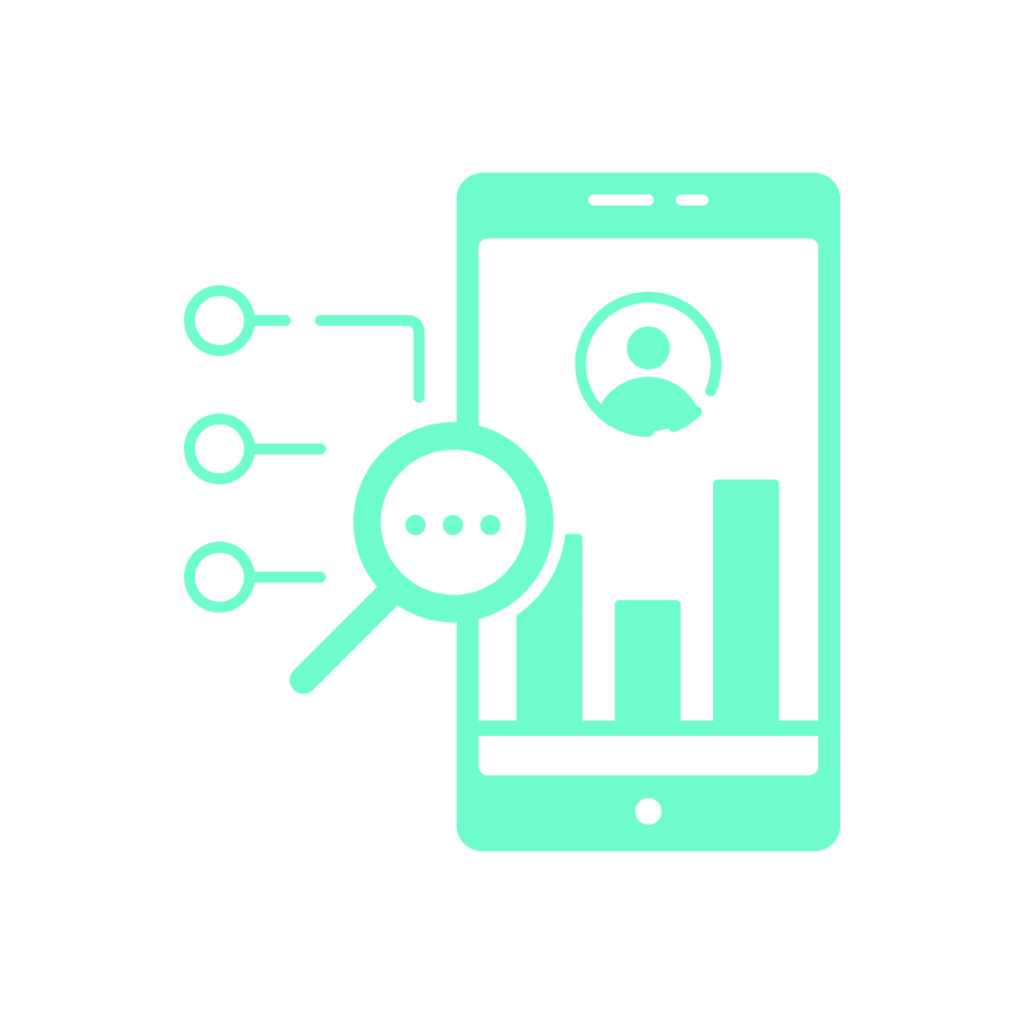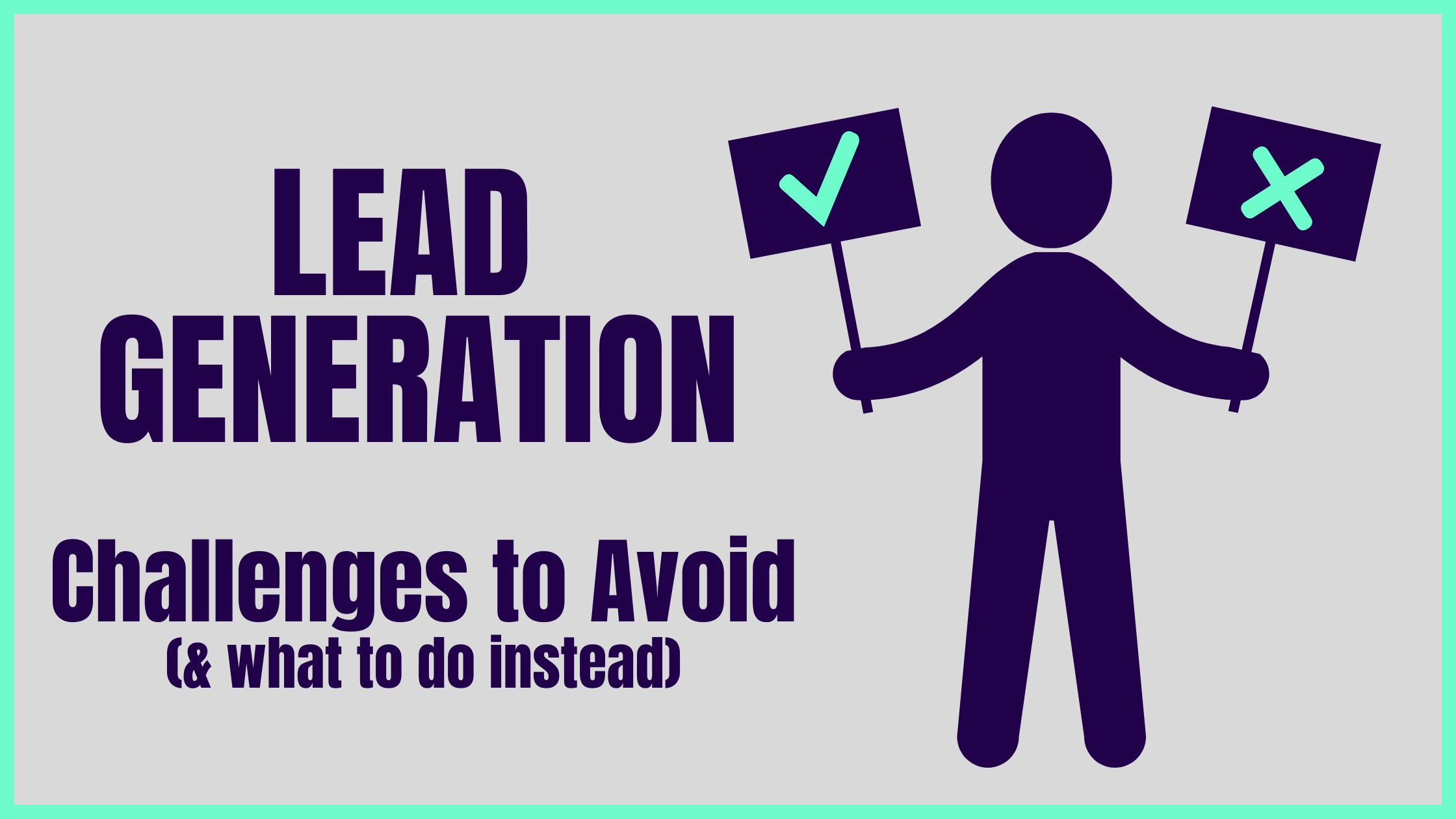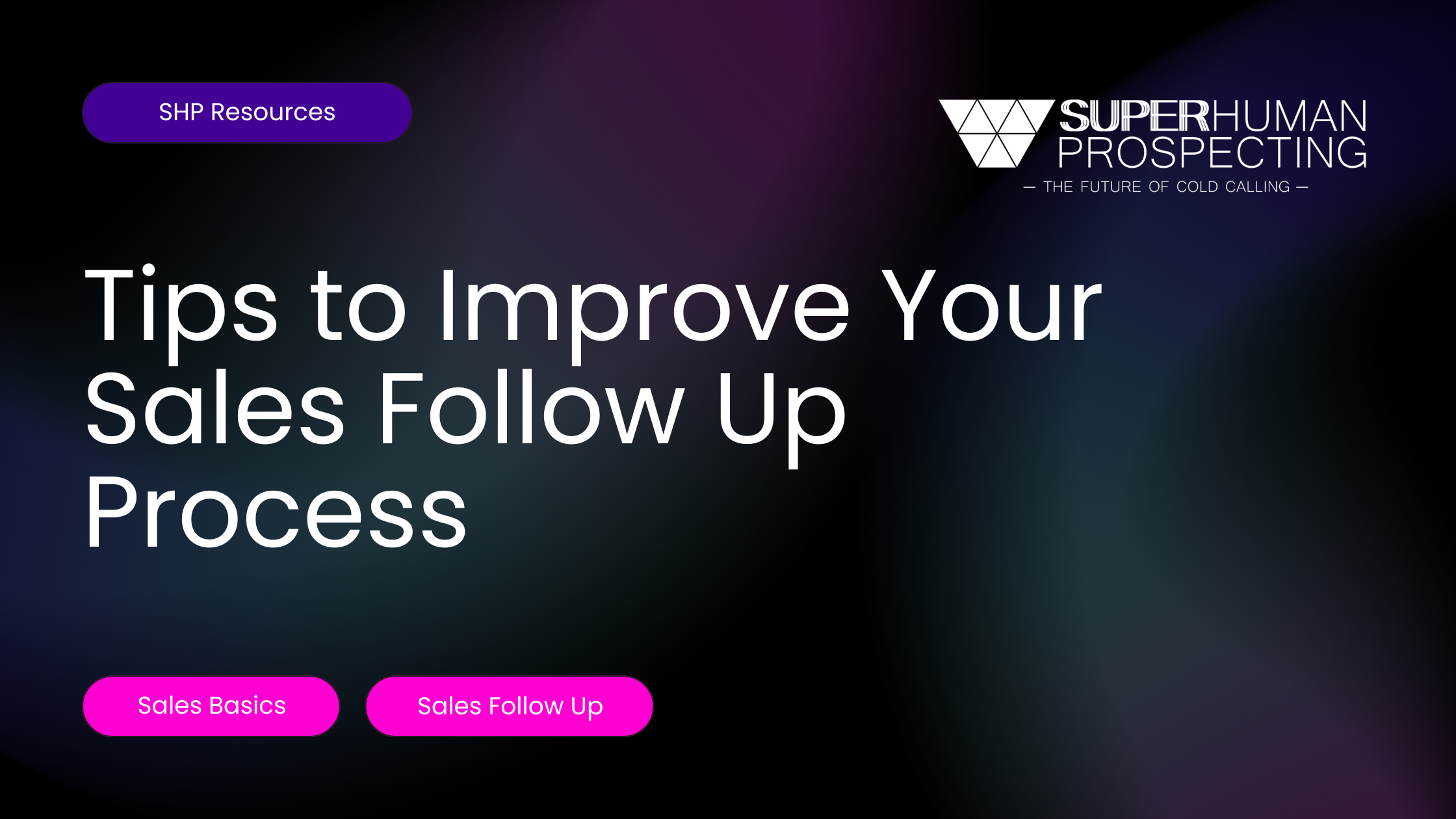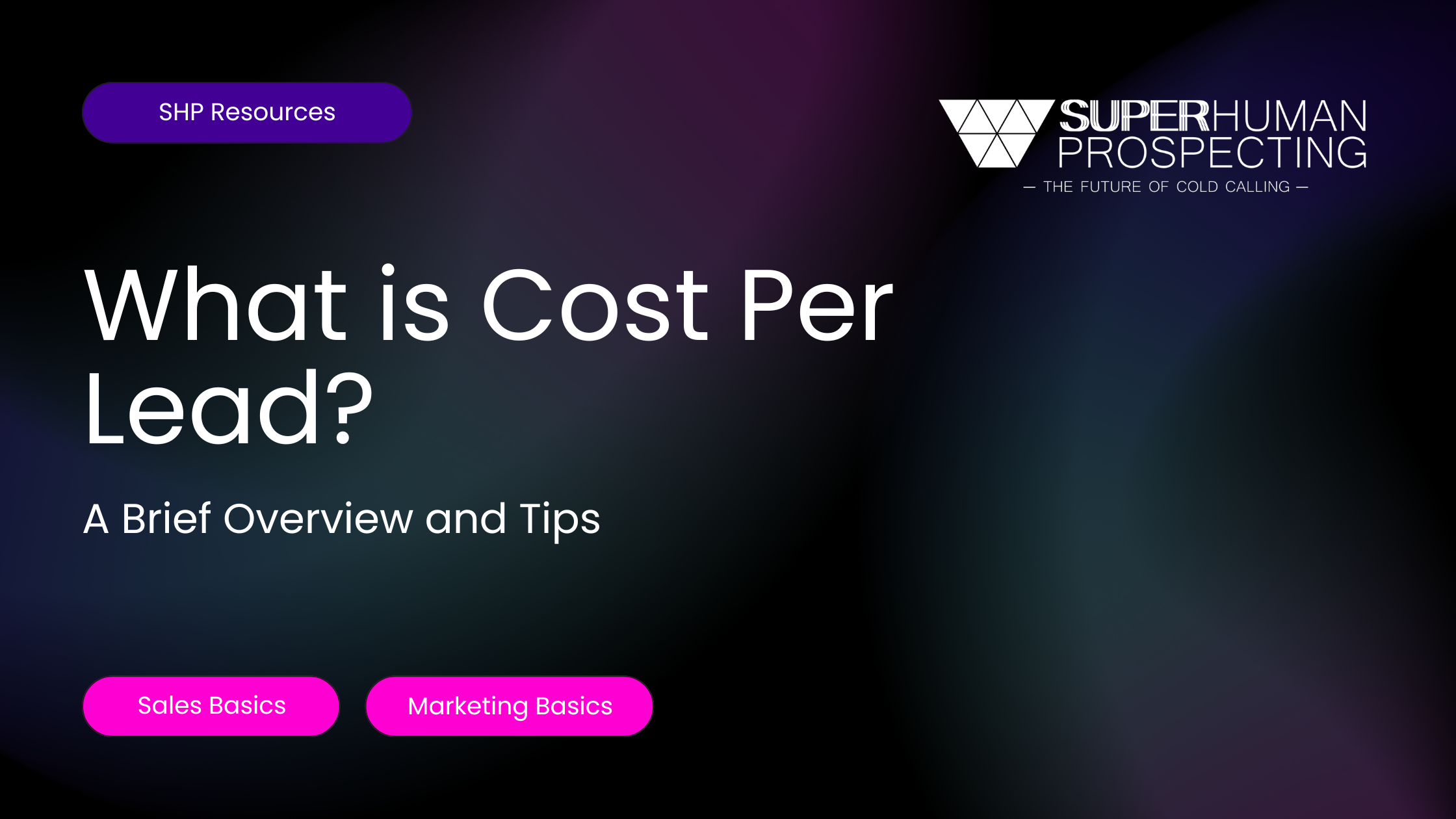Every B2B team wants more high-quality leads. One quick Google search for lead generation and you’ll see tons of articles quickly announcing the pitfalls of generating high-quality leads.
Sales teams blame marketing, marketing blames sales, while both teams have trouble proving ROI, reaching the right audience, and arguing inbound versus outbound.
Generating more high-quality leads doesn’t have to be complicated. (Or stressful. Or expensive.)

Top Challenges with Lead Generation
Lead generation is the process of attracting prospective customers for your business and turning them into paying customers. Any marketing strategy that you use to bring new people to your business can be considered a type of lead generation.
Effective lead generation helps increase brand awareness, build better relationships, generate more qualified leads, and ultimately close larger deals. The important part is finding the right mix of processes and tools that will help you bring in the right types of clients for your business.
Your lead generation should be an ongoing process, continually tracked and optimized for meeting the expectations of your set goals. Until you’re converting 100% on everything, there will always be room and opportunity for improvement.
In a recent study by RulerAnalytics, sales and marketing professionals were asked to identify the top challenges they faced with their lead generation efforts.
Over 80% of professionals surveyed said “ineffective or only slightly effective lead-gen practices” were holding them back, while 63% noted low traffic, and 61% said it was a lack of resources preventing them from gaining higher quality leads.
They also reported that:
- Leads that go through the sales process are low quality (84%).
- Roughly 80% of leads never convert, and about 70% of all leads fail due to nurturing issues.
- Lead generation is difficult to keep up on new channels and when target habits change (49%).
While solving these issues can be tricky, with some initiative and attention to detail, you can begin to see improvement in your lead generation results.
Rules for Effective Lead Generation
A strong foundation is key for a successful lead generation strategy. High-quality leads help speed cycle time, increase productivity, and reduce total cost. If you are looking to increase your pipeline, you should start back at the basics.
1. Setting (or Reviewing) Your Standard Processes
Companies with successful lead generation strategies all have one major thing in common: They understand that with better data comes more insight into the activities and process, allowing them to see what’s working (or isn’t) before it becomes a larger issue.
The standardized process also internally and externally allows for more feedback, which can help you consistently improve and evolve.
This means following a standard plan for almost every function of your strategy – from point of contact, to purchase, and beyond.

These answers can help you set S.M.A.R.T goals and benchmarks that will help you organize your leads and give you a greater ability to forecast the percentage of opportunities in your lead generation pipeline to reach your set goals. It also allows your team to allocate the proper time and resources to prospects with the highest probability of being contacted and also receptive to your message.
Without a standard process to follow, measure, and report, you are throwing away marketing and sales dollars while potentially wasting time and opportunities for your sales team.
2. Knowing Your Audience
Even if you know everything there is to know about your target audience, it could all change the next day. When it comes to effective lead generation, learning should never stop.
It’s important to consistently reevaluate your audience and ideal client profiles to make sure you are hitting the right targets with the messaging that best resonates with their wants and needs. Doing this will also help build and segment your contact list, which is necessary for a strong sales pipeline foundation and other steps of your process.

Once you know their search intent and what stage of the buyer’s journey they are in, you can determine how to approach and nurture them into becoming your customers. It helps you understand who is ready to move forward to the next steps and who to disqualify.
These segments will help organize your leads into meaningful categories that better cater to their individual customer journey, ultimately, giving your business the best chance of increasing revenue.
3. Defining a High-Quality Lead
Does everyone on your team know exactly what high quality looks like? Do they understand the issues they are facing and how your offering helps them solve them?
A lead is not a single data point but rather a cluster of relevant customer information. High-quality leads combine demographics, firmographics, buying signals, and contact information.
Lead scoring is a methodology you can use to rank leads and potential customers by multiple factors, and there are two common ones:
- How interested are they in you and your product/service?
- How ready are they to buy?
Too often we create a strategy that connects with the wrong prospects. And reaching decision-makers can prove difficult. To get more high-quality leads, you need to be able to spend more time on prospects interested and ready to make a purchase.
These leads are the fastest to lead to a sale and the most likely to stick with you for the longer term. Developing different lead generation strategies to target prospects at different levels can add a new dimension to your B2B lead generation that connects directly with the people that will make the purchase.
4. Having Accurate Data
You are getting new leads, moving prospects through stages, and closing more deals. It can get disorganized and chaotic quickly, which hinders your ability to get high-quality leads. If you want to focus on your best opportunities, you will need to provide your pipeline with the most accurate data points possible.

Accurate data is one of the biggest challenges in lead generation. This is because the market is a constantly moving target. Right now, new companies are being started, old ones are being acquired or merged, and new internal positions are being created.
Some industries have as high as a 6.5% monthly contact decay rate.
This means that at the end of the year nearly half the contacts in their CRM could be inaccurate. Along with defining your leads and being aware of their customer journey, you should also be sure you have a process that is quick and easily updated or enriched existing prospects are all key components of a high-quality lead generation program.
5. Aligning Your Sales and Marketing Teams
When it comes to generating high-quality leads, everyone needs to be aware of the goals and the means to accomplish them. One of the most important factors to consider in a lead generation strategy is how your goals align within your sales and marketing teams.
By talking with the sales team, marketing can better design their communication strategy to get to their ICPs. Similarly, sales reps can help leads by sending them the material prepared by the marketing department.
To improve your sales and marketing alignment, try:
- Sharing common goals
- Using the same vocabulary
- Share feedback on best practices
- Review content and messaging together

All parts of your lead generation strategy – cold calling, emails, content, or paid ads – can improve with more communication from your sales and marketing teams. Worried about alignment?
Whether it’s because of team size, resources, or expertise, there are many reasons to
compliment your team with an outsourced lead generation agency.
6. Tracking Key Marketing Channels & Initiatives
A core challenge for lead generation is understanding the timing and channels for reaching your best leads. Some markets need more time to process information and read what you send (especially complex B2B purchases) while others are going to need more immediate follow-up to keep their attention (think low-cost B2C).
Deciding on the right mix of channels is a key component of a successful lead generation strategy. If you aren’t using the right channel or if your timing is off on that specific channel, you could run into issues with your pipeline.

To increase lead volume and improve your leads, be sure to track the ROI of each channel and max out the most cost-effective, highest return channels before building out additional lead sources. Part of this decision involves deciding what should be handled in-house, and when it’s better to outsource your lead generation.







